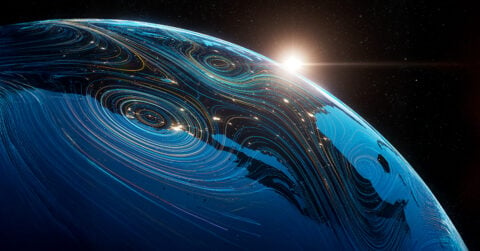DALLAS – The close bundling of procurement technology with procurement process delivery is a key source of value for many buyers of PO solutions. Procurement systems are included in the scope of 70 percent of Procurement Outsourcing (PO) contracts as companies seek to augment their existing technology landscape or adopt transformational technology solutions, according to the Everest Research Institute. According to the Institute’s study of PO technology models, buyers will often utilize a multi-prong strategy involving technology augmentation, replacement, or retention, depending upon the maturity of their existing technology landscape. PO suppliers are meeting this demand by making strong investments to enhance and further build out the technology component of their PO offerings through internal development, partnerships and acquisitions.
The Everest study, PO Technology Models: Creating Solutions That Deliver Value, includes analysis of the technology landscape in the PO market and recent trends. Information sources include 130-plus multi-process PO contracts (signed as of November 2008) and capability fact packs for suppliers that include Accenture, buyingTeam, Capgemini, DSSI (Direct Sourcing Solutions), Genpact, Global eProcure, HCL, HP, Hubwoo, IBM, ICG Commerce, Infosys BPO, Surestock, WNS and Xchanging.
“Outsourcing gives buyers access to areas of technology that traditionally have been underinvested, thereby leveraging the investments suppliers have made,” said Katrina Menzigian, Vice President, Everest Research Institute. “Due to the segmented nature of the procurement technology landscape, buyers face the challenge of managing fragmented technology investments and the associated implementation costs. Procurement outsourcing can be a useful tool for addressing these and related challenges such as suboptimal functionality, user adoption, and ongoing maintenance and upgrades.”
“Technology is a source of competitive differentiation and non-linear growth for PO suppliers,”said Saurabh Gupta, Research Director, Everest Research Institute. “Technology capability (in terms of experience and relationships with technology vendors and proprietary solutions) can help position the supplier as a partner to drive technology led transformation where the buyer is looking for significant change and improvement. Technology can also help drive non-linear growth by driving standardization in delivery and better margins.”
Insights from the in-depth analysis include:
- Nearly 50 percent of PO buyers have leveraged supplier-owned systems, a trend that is pronounced in the sourcing space as compared to the Procure-to-Pay (P2P) space
- Nearly 35 percent of PO buyers have leveraged add-on tools offered by their PO supplier, mostly to augment sourcing capability
- SAP, Oracle, and Ariba have emerged as the leading Source-to-Pay (S2P) technologies though nearly 65 percent of PO buyers continue to have a fragmented S2P technology landscape
- Packaged COTS (Commercially-Off-the-Shelf) applications, such as Ariba and Emptoris, are leading the sourcing space in PO contracts, but ERP-based technologies like SAP are leading the P2P space and account for 47 percent of the core P2P solution
- ERP providers are partnering with leading PO suppliers to offer PO-specific solutions. The market has seen several PO suppliers develop relationships with emerging procurement technology providers around innovative SaaS-based models; platform-based PO offerings are also emerging







